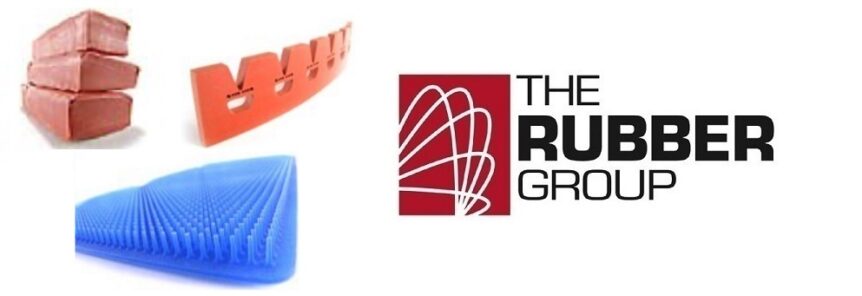The Rubber Group is an expert in sourcing and molding USP Class VI elastomers for medical, healthcare, pharmaceutical, and biopharmaceutical products. The certified materials that we use meet rigorous USP Class VI testing requirements, and that’s important because USP VI elastomers are not fully compliant until they are properly tested.
What is USP Class VI?
The USP Class VI classification demonstrates that the materials and processes used to produce an end article are safe and will meet stringent biocompatibility specifications for medical devices and related applications. Specifically, USP VI testing evaluates the biological reactivity of materials and ensures they are safe for use where contact with human tissues and fluids is possible.
How are USP Class VI Elastomers Tested?
There are four aspects to USP VI testing.
- In vitro testing
- Biological reactivity testing
- System injection test
- Implantation test
The following sections explain.
In Vitro Testing
In vitro testing exposes the USP Class VI material to a series of extraction solvents that simulate various physiological conditions. These solvents may include polar and non-polar substances such as saline solution, vegetable oil, and ethanol. The material is immersed in these solvents to simulate the potential interaction between the material and bodily fluids.
Biological Reactivity Testing
In biological reactivity testing, the extracted solutions are then subjected to various biological tests using sensitive test systems. Specifically, these tests assess the degree of biological reactivity and the potential toxicity of substances that have leached from the USP VI material. These tests may include evaluating cell cultures and assessing the potential for irritation or other adverse effects.
System Injection Test
The system injection test injects the extracted material intravenously into test animals. The animals are then observed for signs of systemic toxicity, and this test helps evaluate the potential adverse effects of substances that may have leached into the solution.
Implantation Test
During the USP Class VI implantation test, the material is implanted into the tissues of living animals. The goal is to observe the long-term effects, including inflammation or other adverse reactions that may occur when the material is in direct contact with living tissue.
Choose Fully Compliant USP VI Elastomers
Rubber materials can be formulated to meet USP VI, but they’re not fully compliant until they are properly tested. As an experienced medical molder, The Rubber Group works with a range of independent laboratories to understand these requirements and can provide you with certified results.
Testing can be expensive, so it pays to work with a medical molder who can source products with existing certifications to reduce your product launch costs.
Ready to get started with your next medical molding project? Contact us.

